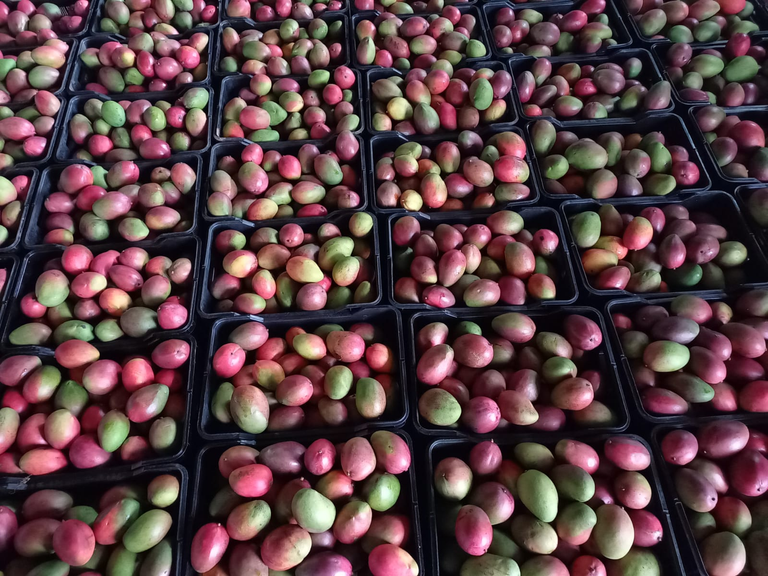
One of the major farm crops that we grow is mango. This is an annual crop harvested in the December months. All of our fruit is manually picked and washed before getting sent off to the factory where they produce achar, a spicy savory mango pickle made from green mangos.
This year though, the crop was very sparse due to the fact that the trees have undergone a lot of stress with the drought over recent years but also because we cut back the trees early this year to allow them to conserve energy and distribute that into a stronger regrowth. Doing this every few years is necessary for mango trees, not only to encourage new growth but also to help keep the trees at a manageable height, making life a lot easier when it comes to harvest time.
However, had I known that I was going to lose my job right before harvest time, this would definitely not have been the year that I cut them back. I guess hindsight is 50/50 vision, but at least this gives some hope for better crops next year I guess.
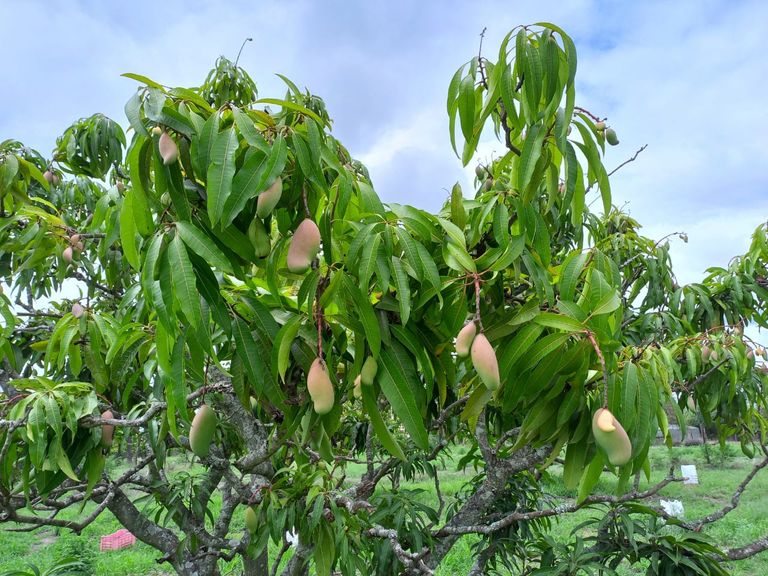
With that being said, I have started to look into ways to diversify the farm in a way that can accommodate the ever-receding water table as well as the lack of power supply from the grid that has been affecting the farm negatively. And although I have not come up with a concrete failproof solution, I have found a few long and short-term options that resonate well with what we currently have to work with.
Some of the long-term solutions include growing crops alongside the mangos that can be grown in arid conditions on dry land. This might not lead to getting optimum crop production but it will ensure that the land generates an income that supports itself. Crops that I have been looking into for this are Cassava, Moringa, and Pigeon Peas. I have already started planting trial crops on all of these, however, it will take a long time for them to produce to full capacity, and even then there will be produce production and market-related bridges to cross in order to generate revenue from their upbringing. The majority of the trial crops will be used to produce sustainable food for the household and livestock at first, which will give us a better indication of market-related value for these plants that are not agriculturally farmed on a large scale in South Africa at this stage.
Honestly, this is a case of hit/miss pioneering, but if nothing else it will at least take the pressure off of needing to buy in additional animal feed. In the best-case scenario, the project will expose us to new farming opportunities that have proven to be successful in other parts of Africa and the rest of the world where the water shortages that we are starting to experience here on a drastic level have been the norm.

But as I furthered my plant research, it lead me on a different path, one that might bring more immediate relief to the increasingly tough circumstances that I am faced with.
And that is by working with the plants that already exist on our farm or that I have access to on other farms and start getting a secondary harvest from the trees that we mostly grow for food production purposes. By that, I mean harvesting a share of some of the known fruit trees in the area to produce medicinal teas with.
I have been reading up on the medicinal uses and health benefits of fruit tree leaves, which can either be dried and prepared for sale as tea leaves, whole leaves, or supplement powders.
Some of these plants include:
Mango leaves
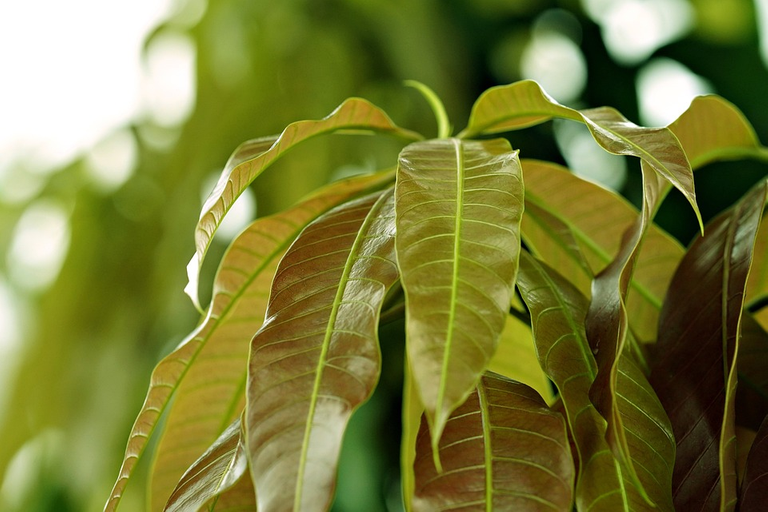
As mangos are currently the main crop organically grown on the farm, it would make sense to look into ways of getting the most out of the harvest, and with mango leaves being a great tea and supplement powder with various sought-after qualities, it will be an easily accessible resource to add to the product range.
Guava leaves
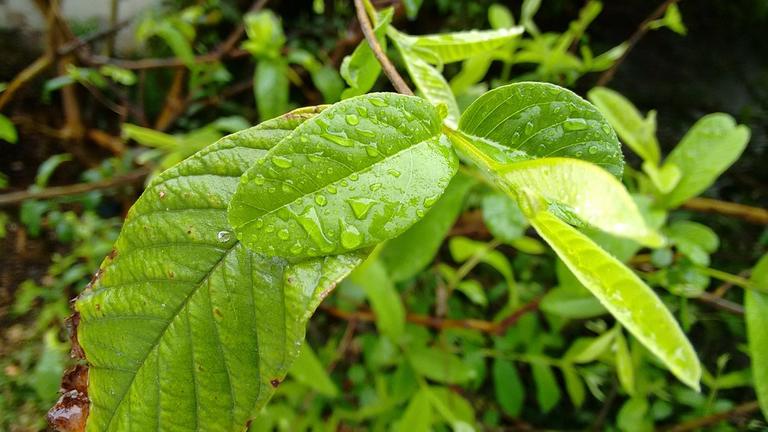
Guava trees grow prolifically here without any natural enemies, meaning that they are often considered a nuisance to farmers due to the fact that their seeds are often spread by cattle or birds ingesting the fruits. The fact that they have no known natural enemies means that they are almost always grown organically. This allows a year-round supply of organic material for the product range. And seeing that guava leaves have great beneficial properties as well as the fact that they do not grow everywhere around the world, this gives me a slight upper hand.
Passion Fruit flowers and leaves
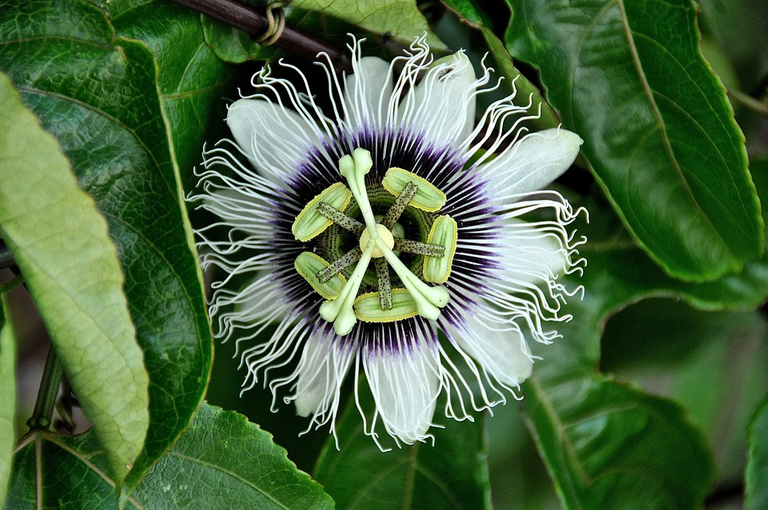
Passiflora tea is something that is reasonably well known. However, thus far I have only ever grown passion fruit plants for their fruits and to serve as natural food-producing canopies in my food gardens. Generally leaves vines and flowers that were cut off went to the organic compost heap, but if there is a better way to gain more from the plant leaves and flowers that can help the farm survive, it is worth taking a stab at.
Moringa leaves
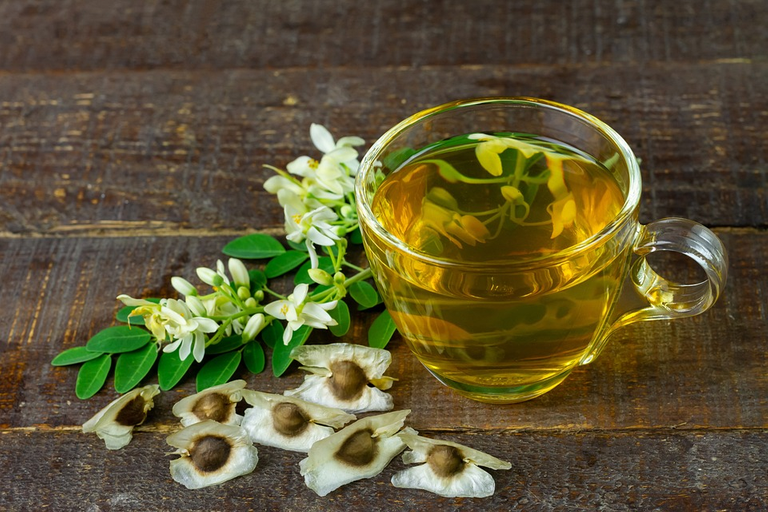
Up until now, I have been growing moringa for household use, but I have not marketed the excess product. Stand-alone the moringa doesn't have the same monetary value as guava or mango as a tea or supplement powder, but as an add-on to a possible range, it should serve me well.
Papino Leaves
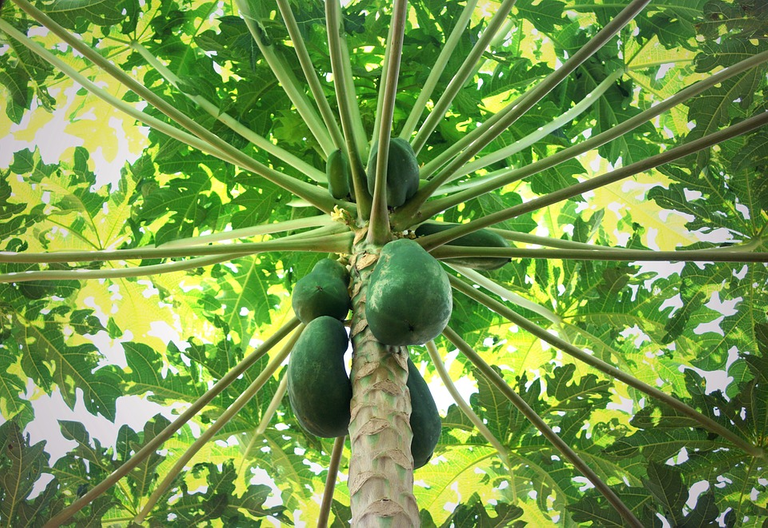
We are surrounded by quite a few papino farmers, and I have a few plants on the farm myself, so sourcing the leaves of these plants should be reasonably simple. Due to the bitter taste of the papino leaves, they are generally not a great option as a tea but marketing them in powder form or even powder capsules could be a viable option.
Banana Leaves
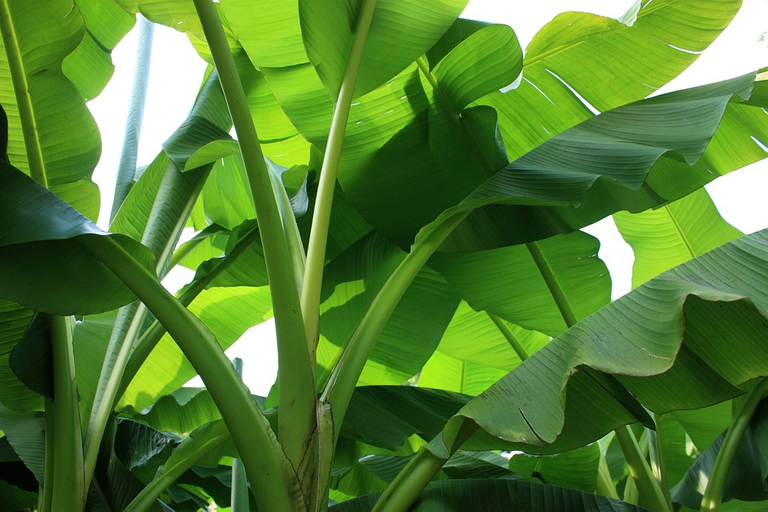
Banana leaves are another thing that I have endless access to, and as with the papino leaves, they are better sold as a powder than a tea. I also saw that dried banana leaves are sold as a fishtank additive that reduces stress on the fish and lowers the ph levels of the water in the tanks.
Hibiscus leaves
Hibiscus grows readily in this area and sourcing hibiscus shouldn't be a difficult task, these plants can be used to make a wonderful healing tea.
I am pretty sure that I will be able to find more plants that can be harvested and utilized in this manner with additional research. But these are the ones that I have so far.
This concept is not perfect and there is still a lot of groundwork to be done in relation to production methods, market-related research, packaging, and logistics. But I am sincerely hoping that this could be a way forward.
I cannot get guavas here, and on the sole occasion I was able to taste a guava (which variety I cannot recall), I found it to be a sublime and delicious fruit, likely even preferable to my favorite fruit, raspberry.
I would be one consumer for a product that enabled folks here to indulge in guavas, such as a pulp or concentrate from which I could make juice. I realize that packaging and shipping a frozen concentrate product entails significant expenses and time to bring to market, but thought I'd mention it as a possible consideration for future development, as I have little else useful I can contribute to help you overcome your challenges.
I do admire your perseverance and incredibly hard work. I have long admired farmers generally, having been very impressed when working with them on occasion, but your particular circumstances and indomitable efforts to overcome them have strongly commended you personally. If what you face can be overcome, you will overcome it. Of that I am confident.
If I can somehow assist, you have but to ask, and I will do what I can.
Thanks!
hahaha and to think I give the majority of the guavas here to the pigs, they are so abundant here, and there's not really a huge market for them locally. I make jars of guava preserves every season and sell those. They are good if you have a sweet tooth (which I don't have).
I am definitely at a point of feeling the heat, the hits just keep on coming. But you know what, I am happy and healthy, and somehow I always pull through.
I appreciate your motivation and kind words more than you can imagine, and that in itself is a great help.
Very interesting thoughts you have going on and I hope you find some answers from the experiments. I was watching a food program today and there they use the kernels from inside the apricot stone. Apparently they taste better than almonds and I bet the canneries here throw them away. They also make apricot oil from them as well which is different and have not seen here.
I believe cyanide, the deadly poison, is derived from apricot pits. Was there any mention of it?
Thanks!
Yes but you need to consume bucket loads. Apples,cherries,peaches,pears, nectarine and plums also contain small traces of cyanide.
That explains why I am still alive after accidentally swallowing one once. I was mystified.
Thanks!
Thank you for sharing this post on HIVE!
Your content got selected by our fellow curator rezoanulvibes & you just received a little thank you upvote from us for your great work! Your post will be featured in one of our recurring compilations which are aiming to offer you a stage to widen your audience within the DIY scene of Hive. Stay creative & HIVE ON!
Please vote for our hive witness <3